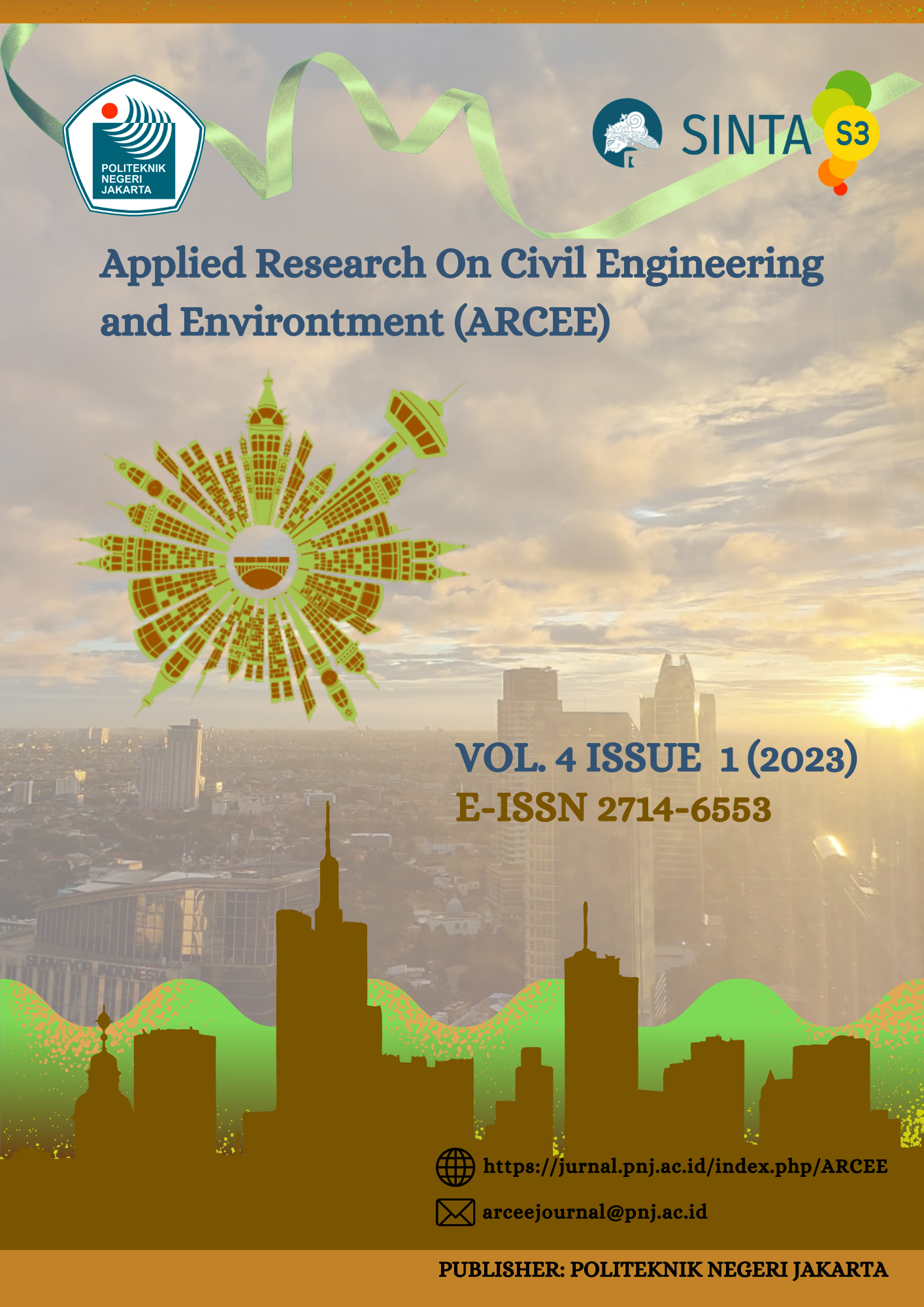Innovation of Ceiling Plaster Gun
##plugins.themes.academic_pro.article.main##
Abstract
Finishing is the final work in the building work element. A delicate and neat finish can describe the status of the building as well as provide a liven up the space. The quality of the finish depends on the finishing method and the tools used while doing the finishing. One of the finishing works is plastering the ceiling. Plastering the ceiling is a way to cover the surface using cement plaster, lime plaster or gypsum. Plastering the ceiling aims to cover defects on the original surface of a ceiling in order to highlight the tidiness and provide protection to the ceiling. The initial surveys obtained by the Department of Public Work (PWD) and construction workers at Taman Merlimau Emas Seksyen 1 , it’s found that the problem faced by theirs non-ergonomic ceiling plastering work. This is because this work requires the process of taking mixed plaster from the mixing bucket as well as the process of levelling the plaster on the ceiling by using existing tools repeatedly which can lead to the risk of Musculoskeletal Disorders (MSDs). The objective is to innovate Ceiling Plaster Gun. Secondly, to measure the suitability of the product from the aspect of time taken during ceiling plastering, layer of plaster layer and product design. The effectiveness of this product is to ensure whether this product can be used in the long term or not. Therefore, the tests carried out to measure the effectiveness by comparing existing tools and our products are by conducting on-site tests. In addition, a questionnaire was also conducted to construction workers who use our products to test the effectiveness of the Ceiling Plaster Gun. Overall, the existing plaster tools have a lack of effectiveness compared to the Ceiling Plaster Gun which is able to reduce the risk of Musculoskeletal Disorders (MSDs).
##plugins.themes.academic_pro.article.details##

This work is licensed under a Creative Commons Attribution-ShareAlike 4.0 International License.
References
- Bevan, S. (2015). Economic Impact Of Musculoskeletal Disorders (MSDs) On Work In Europe. Best Practice & Research Clinical Rheumatology, 29(3), 356-373.
- Bhattacharya, A. (2014). Costs Of Occupational Musculoskeletal Disorders (MSDs) In The United States. International Journal of Industrial Ergonomics, 44(3), 448-454.
- Cheraghi, M., Shahrabi-Farahani, M., & Moussavi-Najarkola, S. A. (2019). Ergonomic risk factors evaluation of work-related musculoskeletal disorders by PATH and MMH in a construction industry. Iranian Journal of Health, Safety and Environment, 6(1), 1175-1189.
- Clinic, M. (2022a). Carpal Tunnel Syndrome. Retrieved From Mayo Clinic: Https://Www.Mayoclinic.Org/Diseases-Conditions/Carpal-Tunnel-Syndrome/Symptoms-Causes/Syc-20355603
- Clinic, M. (2022b). Tendinitis. Retrieved From Mayo Clinic: Https://Www.Mayoclinic.Org/Diseases-Conditions/Tendinitis/Symptoms-Causes/Syc-20378243
- Cordon, H. C. F., Cagnoni, F. C., & Ferreira, F. F. (2019). Comparison of physical and mechanical properties of civil construction plaster and recycled waste gypsum from São Paulo, Brazil. Journal of Building Engineering, 22, 504-512.
- Cowley, S., & Leggett, S. (2003). Prevention Of Falls and Manual Handling Injuries Among Plasterers: The Case For Intervention. Journal Of Occupational Health and Safety Australia And New Zealand, 19(5), 447-456.
- Ekpenyong, C. E., & Inyang, U. C. (2014). Associations between worker characteristics, workplace factors, and work-related musculoskeletal disorders: a cross-sectional study of male construction workers in Nigeria. International Journal of Occupational Safety and Ergonomics, 20(3), 447-462.
- Faure, G., & Daculsi, G. (1983). Calcified Tendinitis: A Review. Annals of The Rheumatic Diseases, 42(Suppl 1), 49.
- Freire, T., Santos Silva, A., Veiga, M. R., & Brito, J. D. (2009). Characterization Of A 19th Century Decorated Gypsum Plaster Piece: The Role of Microscopy. 12th Euroseminar on Microscopy Applied to Building Materials, 416-427.
- Gerwin, R. D. (2001). Classification, Epidemiology, And Natural History of Myofascial Pain Syndrome. Current Pain and Headache Reports, 5(5), 412-420.
- Gumerova, E., Gamayunova, O., & Gorshkov, R. (2017). Choosing the appropriate way of plastering works for transportation and construction facilities. In IOP Conference Series: Earth and Environmental Science. 90(1). IOP Publishing.
- Hendries, S. (2022). How To Plaster a Ceiling. Retrieved From Homes & Gardens: Https://Www.Homesandgardens.Com/Interior-Design/How-To-Plaster-A-Ceiling
- Halim, M. (2021). Kepentingan Ergonomik Di Tempat Kerja. Retrieved From Majalah Sains: Https://Www.Majalahsains.Com/Kepentingan-Ergonomik-Di-Tempat-Kerja/
- Holmes, S., & Wingate, M. (1997). Building With Lime. A Practical Introduction.
- Patten, M. (2016). Questionnaire Research: A Practical Guide. Routledge.
- Reyfman, D. (2020, 1 31). Tension Neck Syndrome. Retrieved From Pain Physicians Ny: Https://Www.Painfreenyc.Com/Tension-Neck-Syndrome/
- Subramaniam, P. (2022). Overcoming the Shortage of Skilled Labours for Plastering by Using Machineries in Construction, A case of Tamil Nadu. Journal of Architecture and Civil Engineering. 7. p. 42-50(7), 2321-8193
- Siegal, D. S., Wu, J. S., Newman, J. S., Del Cura, J. L., & Hochman, M. G. (2009). Calcific Tendinitis: A Pictorial Review. Canadian Association of Radiologists Journal, 60(5), 263-272.
- Valachi, B., & Valachi, K. (2003). Preventing Musculoskeletal Disorders in Clinical Dentistry: Strategies to Address The Mechanisms Leading to Musculoskeletal Disorders. The Journal of The American Dental Association, 134(12), 1604-1612.
- Werner, R. A., & Andary, M. (2011). Electrodiagnostic Evaluation of Carpal Tunnel Syndrome. Muscle & Nerve, 44(4), 597-607.

